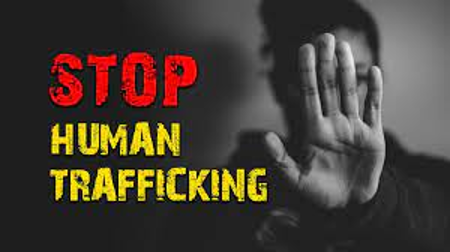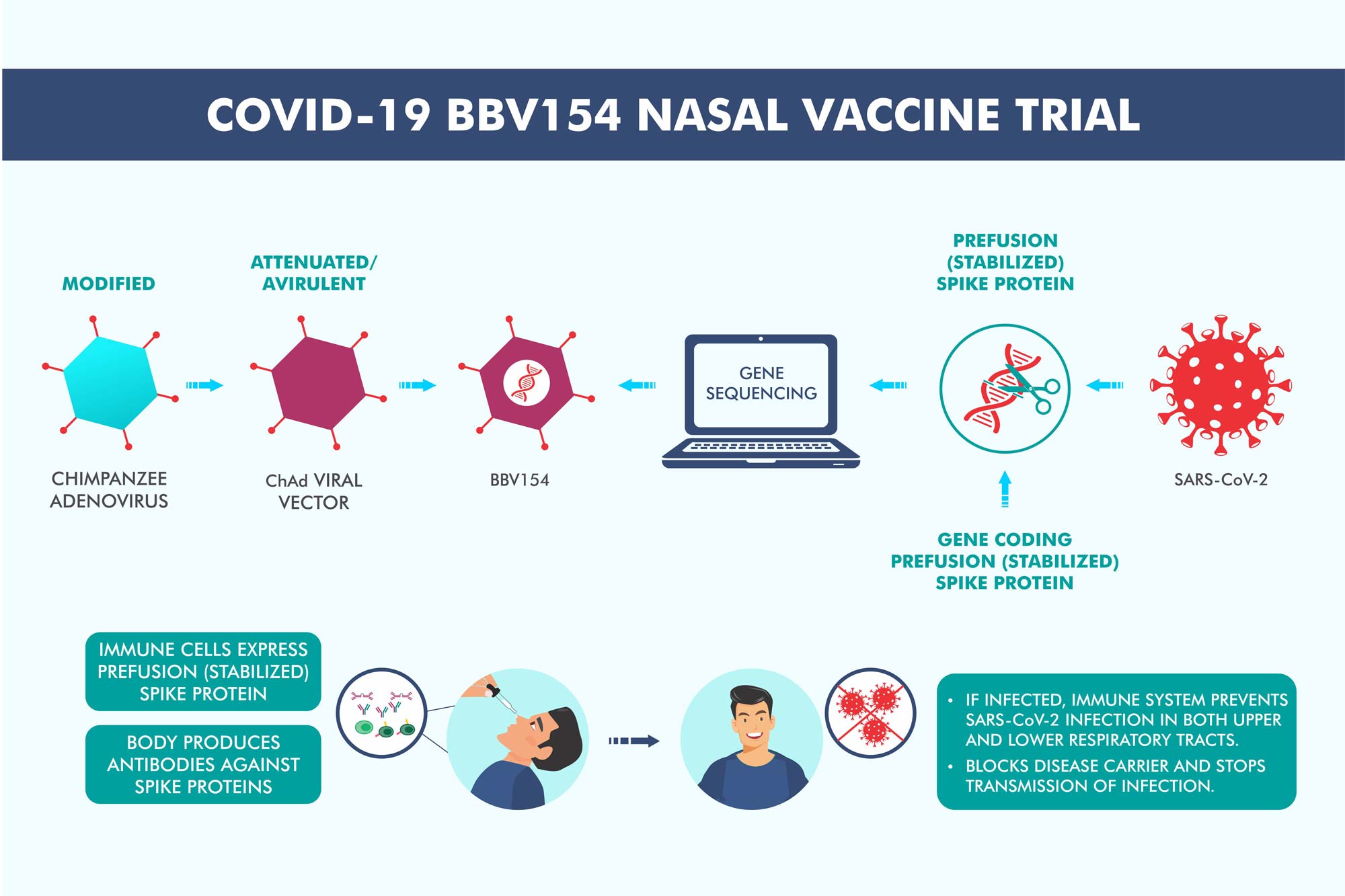Monday, 5th December 2022
India's Hunger: Global Index, FAO Not to Blame - IE
Exam View: Hunger and related initiatives, Hunger and malnutrition in India, Related Government Initiatives.
In News: India’s ranking results from the use of the Indian government’s official statistics, the National Family Health Survey, which reveals disconcertingly high rates of child mortality and chronic malnutrition in India, despite clear progress in the past few years. The Global Hunger Index was informed by the same official source.
Hunger in India
- It had been reported in 2017 by the National Health Survey that approximately 19 crore people in the country were compelled to sleep with an empty stomach every night.
- Moreover, the most alarming figure revealed is that approximately 4500 children die every day under the age of five years in the country due to hunger and malnutrition, amounting to over three lakh deaths every year, owing to hunger, of children alone.
- Food and Agriculture Report, 2018 stated that India houses 195.9 million of the 821 million undernourished people in the world, accounting for approximately 24% of the world’s hungry. The prevalence of undernourishment in India is 14.8%, higher than both the global and Asian average.
- Global Hunger Index 2022- India's ranking in Global Hunger Index 2022 is 107(slipped from the 2021 index of 101) out of 121 countries.
Malnutrition Causes:
Some other causes of malnutrition are, Poor access to safe drinking water Poor access to Sanitation (especially toilets), and Low levels of immunisation and Education, especially for women.
Steps taken by the Government
- National Food Security Act, 2013: It legally entitled up to 75% of the rural population and 50% of the urban population to receive subsidised food grains under the Targeted Public Distribution System.
- Mission Indradhanush: It targets children under 2 years of age and pregnant women for immunisation against 12 Vaccine-Preventable Diseases (VPD).
- Pradhan Mantri Matru Vandana Yojana: It is a maternity benefit programme being implemented in all districts of the country with effect from 1st January 2017.
- POSHAN Abhiyan: Launched by the Ministry of Women and Child Development in 2018, it targets to reduce stunting, undernutrition, and anaemia (among young children, women and adolescent girls).
- Food Fortification: Food Fortification or Food Enrichment is the addition of key vitamins and minerals such as iron, iodine, zinc, and Vitamin A & D to staple foods such as rice, milk and salt to improve their nutritional content.
- Integrated Child Development Services (ICDS) Scheme: Launched in 1975, the ICDS Scheme offers a package of six services to children in the age group of 0-6 years, pregnant women and lactating mothers.
- Eat Right India Movement: An outreach activity organised by the Food Safety and Standards Authority of India (FSSAI) for citizens to nudge them towards eating right.
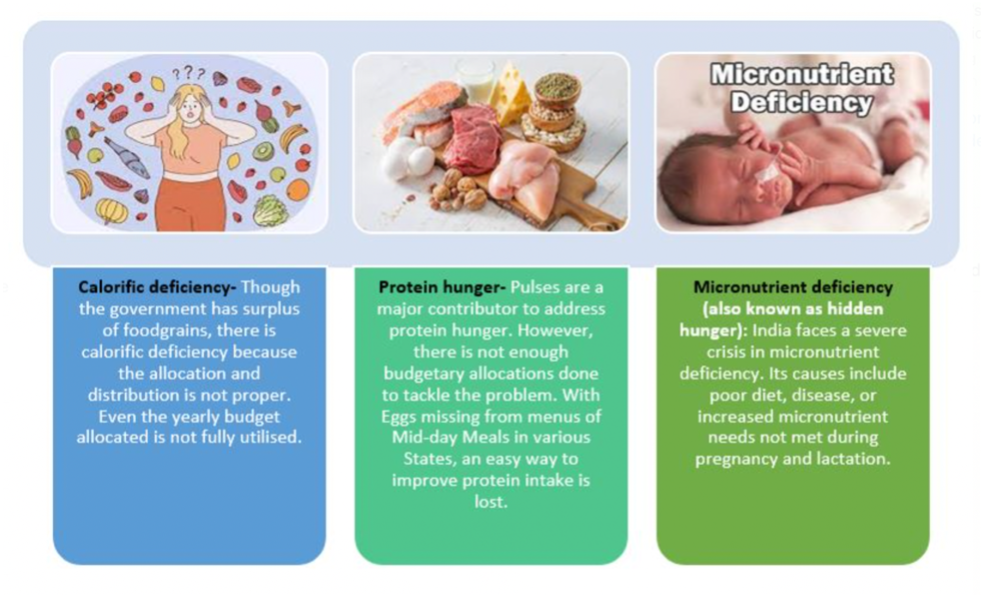
Steps need to be taken by the Government:
- Proper utilisation of Resources: It has been pointed out many times that expenditure made under many nutrition-based schemes is considerably lower than what was allocated under them. Thus, emphasis needs to be on implementation.
- InterLinking of Schemes: Agriculture-Nutrition linkage schemes have the potential for greater impact in dealing with malnutrition and thus, need greater emphasis.
- Disbursement of funds: The government needs to ensure early disbursement of funds and optimum utilisation of funds in schemes linked to nutrition.
- Schemes Convergence: Nutrition goes beyond just food, with economic, health, water, sanitation, gender perspectives and social norms contributing to better nutrition. This is why the proper implementation of other schemes can also contribute to better nutrition.
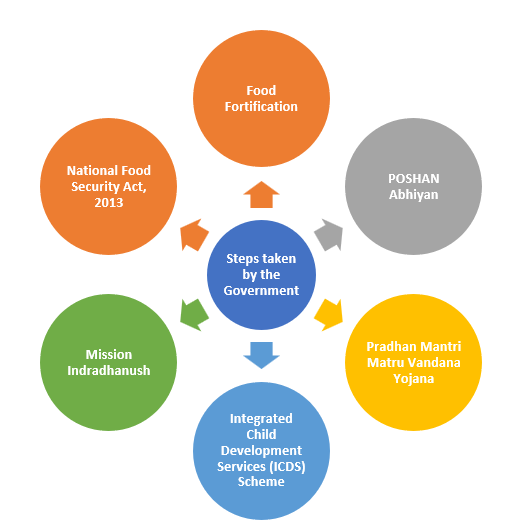
Poor Soil Management and Food Security
GS-3 Environmental Pollution and Degradation
In the News
World Soil Day 2022 was recently observed with its guiding theme, ‘Soils: Where food begins’. It was a means to raise awareness of the importance of maintaining healthy soils, ecosystems and human well-being.
About Soil degradation
- Soil degradation is the loss of the intrinsic physical, chemical, and/or biological qualities of soil either by natural or anthropic processes, which results in the diminution or annihilation of important ecosystem functions.
- Soil degradation affects around 29% of India’s total land area.
- Nearly 7 million hectares suffer from a nutrient loss in soil, depletion of soil organic matter, or SOM.
- About one-third of the earth’s soils are already degraded and, about 90 per cent could be degraded by 2050 if no corrective action is taken.
What is the significance of healthy soils?
- They support healthy plant growth to enhance both our nutrition and water percolation to maintain groundwater levels.
- Soils help to regulate the planet’s climate by storing carbon
- They are the second largest carbon sink after the oceans.
- They help maintain a landscape that is more resilient to the impacts of droughts and floods.
- Soil is essential for food production as nearly 95% of global food production depends on soil.
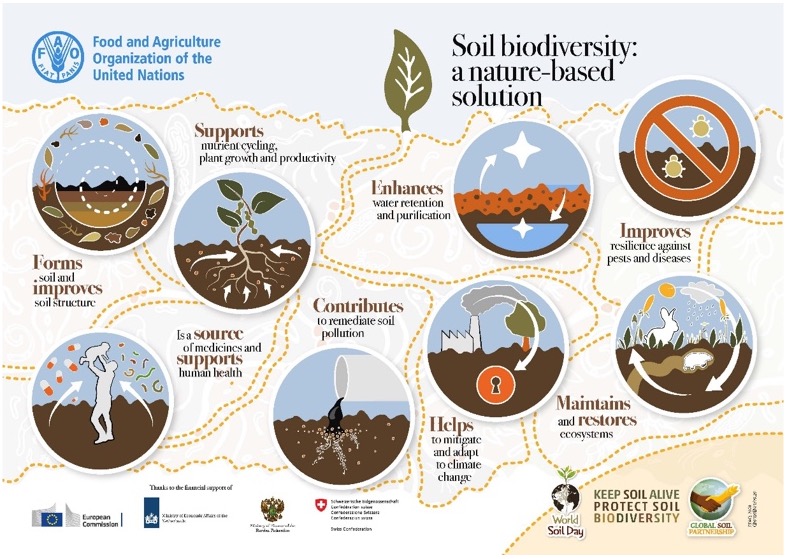
What are the causes of soil degradation?
- Industrial activities and mining,
- Unscientific waste disposal and treatment,
- Unsustainable agricultural practices like the production of water-intensive crops
- Fossil fuel extraction and processing and transport emissions.
- Soil nutrient loss range from soil erosion, runoff, leaching and the burning of crop residue
What conservation strategy has India adopted?
- The government of India is implementing a five-pronged strategy for soil conservation. This includes
- making soil chemical-free
- saving soil biodiversity
- enhancing SOM
- maintaining soil moisture
- mitigating soil degradation and preventing soil erosion
- Soil Health Card (SHC) scheme was launched in 2015 and is used to assess the current status of soil health and determine changes in soil health over time.
- Pradhan Mantri Krishi Sinchayee Yojana, to prevent soil erosion, regeneration of natural vegetation, rainwater harvesting and recharging of the groundwater table was launched.
- National Mission for Sustainable Agriculture promotes traditional indigenous practices such as organic farming and zero-budget natural farming, thereby reducing dependency on chemicals
How has FAO collaborated with India to promote soil conservation?
- FAO is collaborating with the National Rainfed Area Authority and the Ministry of Agriculture and Farmers’ Welfare to develop forecasting tools using data analytics that will aid vulnerable farmers in making informed decisions on crop choices, particularly in rain-fed areas.
- FAO, in association with the Ministry of Rural Development, supports Deen Dayal Antyodaya Yojana-National Rural Livelihoods Mission’s Community Resource Persons to increase their capacities towards supporting on-farm livelihoods
- The FAO works in eight target States, namely, Madhya Pradesh, Odisha, Rajasthan, etc. for boosting crop diversification and landscape-level planning
Way forward
- Strengthen communication channels between academia, policymakers and society for the identification, management and restoration of degraded soils, as well as in the adoption of anticipatory measures.
- Dissemination of timely and evidence-based information to all relevant stakeholders.
- Greater cooperation and partnerships are central to ensuring the availability of knowledge, sharing of successful practices, and universal access to clean and sustainable technologies.
- Planting trees to protect topsoil, developing and maintaining home/kitchen gardens, and consuming foods that are mainly locally sourced and seasonal.
Source:
https://www.thehindu.com/opinion/op-ed/poor-soil-management-will-erode-food-security/article66223398.ece/amp/
Image Source: FAO
RBI’s e rupee vs UPI - Edukemy Current Affairs
Why in news?
- Recently, the Reserve Bank launched the first pilot for retail digital Rupee (e₹-R) also called Central Bank Digital Currency (CBDC).
|
About e-rupee · According to RBI, the CBDC is a central bank's digital version of paper money. It is a sovereign or wholly autonomous currency that the nation's central bank (in this instance, the RBI) issues in accordance with its monetary policies. · Once issued officially, it will be considered as a legal tender and medium of payment by all three parties - government bodies, citizens, and enterprises.
|
Key Points about the Project
- A pilot project's initial stage will focus on a few specific locations and banks in a closed user group (CUG) made up of participating customers and business owners.
- As a part of the test, it will initially cover four cities of Mumbai, Bangalore, New Delhi and Bhubaneshwar where customers and merchants will be able to utilise the digital rupee (e-R) or e-rupee.
- According to the Central Bank, the pilot programme would assess the stability of the complete creation, distribution, and retail use of digital rupees in real-time.
Types of e-rupee

Key Points about Retail e-rupee
Targeted at:
- Aimed at customers of those banks roped in for the project, as the aim is to test the efficacy of the product. The full rollout will enable everyone to use it.
How will it work:
- The e₹-R would be in theform of a digital token representing legal tender. It will be issued in the same denominations as paper currency and coins, and will be distributed through intermediaries, i.e., banks.
- Banks would send out a link to identified customers to download e-Re app.
- According to RBI, users will be ableto transact with e₹-R through a digital wallet offered by the participating banks and stored on mobile phones and devices.
- There can be both person to person (P2P) and person to merchant (P2M)
- The amount transferred would assume the exact denominations of physical cash and will not earn interest when parked in the e-wallet.
Why is the RBI moving towards the e-Re?
- Lowering the operational costs associated with managing physical cash, promoting financial inclusion, and introducing innovation, resilience, and efficiency to the payments system.
- E-Re is also targeted at those who don’t have a bank account, but can use digital currencies similar to a pre-paid mobile recharge card. Likewise, it is not aimed at just smartphone users, but every person with a mobile phone.
- Provides the general public access to use any private virtual currency without the associated risks.
How is it different from UPI?
- UPI works on a settlement basis between two banks. That is, on the front-end, money transfer happens instantly, but at the backend, it takes about a day for inter-bank settlements to conclude. There is a settlement risk in UPI, since there is an intermediary involved. But in e-Re, there is no settlement risk, since it is issued by the RBI and could also be much faster.
- UPI is a bank-to-bank payment mode, there is a transaction or audit trail it leaves, which e-Re won’t because it is wallet-to-wallet transfer. Those who don’t want an audit trail will prefer e-Re.
- Customers are unlikely to be charged anything for using e-Re since usage of cash does not involve any charges. UPI is free now, but could become chargeable going ahead.
- Users could shift to e-Re from UPI, if it proves efficient and trustworthy, and does not have technical glitches.
- But those who prefer to keep money in bank deposits and make payments using these interest-earning deposits will continue to prefer UPI.
What could be the challenges with retail e-Rupee?
- Competition with UPI: Since UPI has provided with an ease of use (whether merchant or retail), e-Re needs to prove that it is equally user-friendly with sound technology and data privacy provisions, to lure users.
- Digital Thefts: Users also face digital theft such as hacking and virus attacks, which could deter some people.
- Cultural and social mind-set in the country: Leads to greater use of physical currency, is also a hinderance.
- Digital Divide: According to the NFHS-5data on the rural-urban divide, only 48.7% of rural males and 24.6% of the rural females have ever used the internet.
India's 2020: Peak Covid Religious Hostilities
In news
India saw the highest level of religious hostilities during the coronavirus pandemic in 2020, said think tank Pew Research Center in its recent report.

Report findings
- The Pew Research centre calculates the Social Hostilities Index on 13 questions that measure hostilities both between and within religious groups, including mob or sectarian violence, crimes motivated by religious bias, physical conflict over conversions, harassment for attire for religious reasons, and other religion-related intimidation and violence.
- Social Hostilities
- At a score of 4 out of 10, India fared the worst in Social Hostilities Index in 2020, more than its neighbours Pakistan (7.5) and Afghanistan (8).
- Government curbs
- India fared much better in the Government Restrictions Index (GRI), which looks at laws, policies and state actions restricting religious beliefs and practices.
- Pandemic challenge
- India saw pandemic-related social hostilities against religious groups involving physical violence or vandalism by private individuals or organisations.
- Incidents that have resulted in India's score include:
- Decision taken by the Union Ministry of Home Affairs to place 900 members of Islamic group Tablighi Jamaat under quarantine, after it held a religious congregation at the in Delhi.
- The above event had renewed the stigma against Muslims, triggering a wave of business boycotts and hate speech.
Factors leading to Religious Violence
- Beliefs: Certain rational and irrational beliefs which are reinforced or justified by the scriptures, tradition or precedence, may strengthen or promote aggressive behaviour.
- Politics: In democratic societies and secular nations the politics of divide and rule often incite communal passions and lead to violent clashes.
- Economic interests: Wide disparities in incomes or standards of living among religious groups or the discriminatory policies of governments which seem to favour certain religious groups against others, may lead to violence and civil unrest.
- Exploitation: Religions and their emotional appeal have often been used by vested interests to exploit others by appealing to their sentiments and religiosity.
- Role of Social media-Hate campaigns and fake news plays a vital role in spreading communal riots and tensions.
NCRB Data on communal riots
- According to NCRB data for 2021:
- Jharkhand and Maharashtra witnessed most communal riots.
- Bihar topped the country in caste conflict violence.
- Andhra Pradesh topped in booking cases relating to ‘offences promoting enmity between different groups’, followed by Uttar Pradesh.
Measures to handle communal violence
- Quick and appropriate decisions by the administration, in demanding situations, to move the resources and detain personnel with provocative behaviour.
- Keeping the population updated of the situation, through various forms of media, which must be controlled to ensure it does not aggravate the situation further.
- Enacting the proposed Prevention of Communal and Targeted Violence (Access to Justice and
Reparations) Bill, 2011 after thorough revision in consultation with citizen’s bodies, human rights groups and anti communal organisations, could help.
Law Enforcement machinery should be made impartial and effective
India takes Presidency of G20 and UNSC
In News:
- India set to assume presidency of G20 and UNSC
About the News:
- India has assumed the presidency of two key global bodies viz., G20 and UNSC, the positions for which are on a rotation basis and come to all members of the bodies by turn.
- While the G20 presidency under India will be driven by the vision of “Vasudhaiva Kutumbakam”, for the UNSC presidency, India seeks to prioritise countering terrorism and reformed multilateralism.
- Previously, Indonesia has officially handed over the G20 presidency to India at the G20 summit in Bali.
- Also, India has for the second time assumed the monthly rotating presidency of the UN Security Council (UNSC) in which India has been elected as a non-permanent member for a tenure of two-year starting in 2021.

|
G20 |
UNSC |
|
· About: The G20 or Group of 20 is an intergovernmental meeting where top twenty economies discusses on different aspects of the global economy. · Background: It was formed during the 1990s when Southeast Asian economies were witnessing a financial crisis. · Members: It includes European Union, and delegates from 19 other major economies nations. · Non-members: It also includes the IMF, UN, WTO among others. · Potential: Together these countries account for more than 80% of world GDP, 75% of global trade, and 60% of the global population. · Presidentship: The leadership of G20 rotates annually among nations, where the President nation determines the agenda of the summit held every year. · Troika: It comprises the past, present, and future presidents for G20. For 2022, it includes Indonesia, India, and Brazil. G20 under Indian Presidentship: · India will seek to work on climate change, terrorism and pandemic through international cooperation. · It will work to “depoliticise” the global supply of food, fertilisers and medical products. · Guest nations: India has invited guest nations, namely, UAE, Bangladesh, Mauritius, Egypt, Nigeria, Oman, Singapore, the Netherlands and Spain. |
· About: It is one of the six organs of United Nations. · Background: It was established after end of World War II in 1945 and was formed to overcome failures of the League of Nations. · Objective: It seeks to promote harmonious relationships among the member nations by maintaining international peace and security. · Members: The Security Council consists of 15 members among which: o Permanent: There are five permanent members including United States of America, Russia, People’s Republic of China, United Kingdom, France. o Non-permanent: These are 10 countries that are elected for a term of two years. Indian Presidentship: · India is expected to voice the key concerns of the Global South including greater protection for UN Peacekeepers, framework for maritime security cooperation, effective response to the menace of terrorism and roadmap for reformed multilateralism. · India will also brief on threats to international peace and security caused by terrorist acts. · India will follow-up on Five S approach which includes Samman (Respect), Samvad (Dialogue), Sahyog (Cooperation), Shanti (Peace) and Samriddhi (Prosperity), to bring the focus on regional and global interest. |
Cost of Living Index 2022 - Edukemy Current Affairs
- Context: Recently Worldwide Cost of Living Index 2022 was released by the Economist Intelligence Unit (EIU).
- Methodology:
- Data for over 400 individual price points across 200 goods and services in 173 cities worldwide.
- The index is benchmarked against prices in New York City, hence cities with currencies that are stronger against the US dollar are likely to appear higher in the rankings.
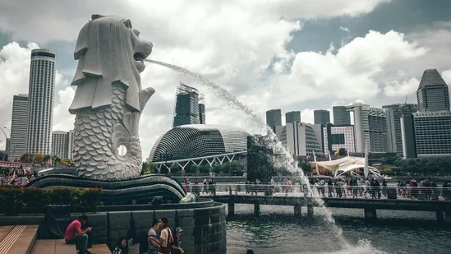
- Key Highlights
- Inflation is a global phenomenon with rising demand and a grappling supply chain post-pandemic.
- Russia Ukraine war has shot up oil and gas prices and led to a shortage of commodities such as sunflower oil.
- Exchange rates have also seen significant changes with the US dollar strengthening on the back of rising interest rates and the euro weakening due to rising gas prices.
- Asian cities tended to escape the steep price rises seen elsewhere.
- New York and Singapore top the list while Damascus, Tripoli and Tehran are the cheapest cities.
- Three Indian cities - Bengaluru, Chennai and Ahmedabad ranked at number 161, 164, 165 respectively.
|
The EIU is the research and analysis division of The Economist Group which also releases Democracy Index in 165 countries. |
Erra Matti Dibbalu - Edukemy Current Affairs
-
- Context: Recently scientists urged the Andhra govt to protect the glacial-period coastal red sand dunes of Vizag.
- Erra Matti Dibbalu also called as Red Sand Hills is located very near to the Bay of Bengal.
- The top light yellow sand units have remained geochemically unaltered.
The site represents the late quaternary geologic age and its continuation till the present. - This site was declared as a geo-heritage site by the Geological Survey of India (GSI) in 2014 and the Andhra Pradesh government has listed it under the category of ‘protected sites’ in 2016.
- Significance
- They exhibit badland topography, including gullies, sand dunes, buried channels, beach ridges, paired terraces, the valley in the valley, wave-cut terrace, knick point and waterfalls.
- It can help study the impact of climate change, as it has seen both the glacial and the warm periods.
- They are found in 3 tropical regions only which includes Teri Sands in Tamil Nadu and in Sri Lanka.

Bhopal Gas Tragedy - Edukemy Current Affairs
Context: Bhopal Gas Tragedy after 38 years: Why the govt is demanding compensation now?
-
-
- On Dec’2, 1984, harmful Methyl isocyanate (MIC) gas leaked from Union Carbide pesticide plant, eventually resulting in the Bhopal Gas tragedy, which led to death and lifelong health issues.
- Soil and water contamination (environmental pollution) in the area resulted in chronic health problems and high instances of birth defects in the area’s inhabitants
- To date, the reproductive health of many of Bhopal’s women has been affected, and children born to those exposed to the gas have faced congenital health problems.
- Reports revealed that the leak was a result of general laxity in safety rules, and in the training of the workers, most of whom were unaware of the MIC’s dangers.
- Lack of specific laws in India at the time for handling such matters led to major laws being passed.
- Environment (Protection) Act, 1986.
- The Public Liability Insurance Act of 1991.
- The Bhopal Gas Leak Disaster (Processing of Claims) Act was passed in 1985, giving certain powers to the Indian government for settling claims.
- In February 1989, compensation of $470 million was given by UC. The Supreme Court also upheld it in a judgement.
- The government has mooted on reopening of compensation claims, which DOW, the current owner, has opposed.

-
IRMS Exam - Edukemy Current Affairs
-
-
· Context: UPSC will conduct a separate exam for recruitment to the Indian Railways Management Service from 2023.
- Indian Railways Management Service (IRMS) will be conducted by UPSC, as a special examination; a major change from the current system of recruitment, which does not have a unique examination for IRMS.
- It will be used to recruit officers to Group A services of the Indian Railways.
- IRMS exam will be two-tiered
- a preliminary screening examination,
- a main written examination and interview
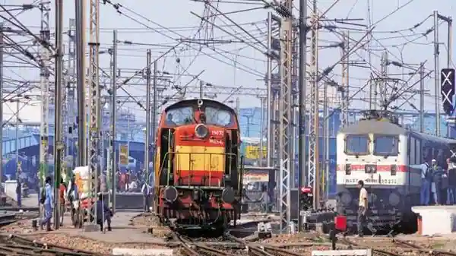
- The eligibility for IRMS candidates will be different from the CSE:
- the minimum educational qualifications include a degree in engineering, commerce, or chartered accountancy
- Under the new system, only candidates who are interested in working for the railway services may apply.
- The new system will make them appear for the Civil Services (Prelim) exam, which needs wider knowledge and understanding of General Studies.
- One possible reason to shift is that for both technical and administrative posts in the railways, there is a significant need for technical knowledge.
-
Rubber Board's Youth-Led RPS Reform Campaign
Why in news? Rubber Board launches campaign for reformation of Rubber Producers Societies (RPSs) through youth involvement.’
About:
- It was constituted under the Rubber Act, 1947 and Rubber Rules 1955.
- Rubber Board is a statutory body under the Ministry of Commerce and Industry for the overall development of the rubber industry in the country.
- Head Office of the Board is located at Kottayam in the State of Kerala.
- The Rubber Research Institute of India (RRII) established in 1955 is located on a hillock in the eastern suburb of Puthuppally, Kottayam.

National Commission for Backward Classes (NCBC)
Why in news? Hansraj Gangaram Ahir assumed charge as Chairperson of the National Commission for Backward Classes (NCBC)
About:
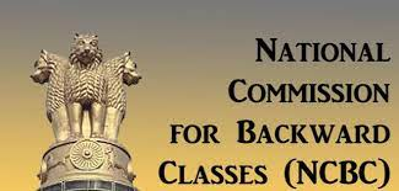
- 102nd Constitution Amendment Act, 2018 provides constitutional status to the National Commission for Backward Classes (NCBC).
- Article 338B provides authority to NCBC to examine complaints and welfare measures regarding socially and educationally backward classes.
- Article 342 A empowers President tospecify socially and educationally backward classes in various states and union territories.
- It has all the powers of a civil courtwhile trying a suit.
Indian Ocean Rim Association - Edukemy Current Affairs
Why in news? China’s top development aid agency convened the first “China-Indian Ocean Region Forum” in the southwestern Chinese city of Kunming.
Tags: General Studies – 2 International relations, IORA
- It is an inter-governmental organisation aimed at strengthening regional cooperation and sustainable development within the Indian Ocean region.
- It was formed in 1997 and its secretariat is in Mauritius.
- It is based on the principles of Open Regionalism for strengthening Economic Cooperation particularly on Trade Facilitation and Investment, Promotion as well as Social Development of the region.
IORA has identified six priority areas:
- Maritime security
- Trade and investment facilitation
- Fisheries management
- Disaster risk reduction
- Academic and scientific cooperation and
- Tourism promotion and cultural exchanges
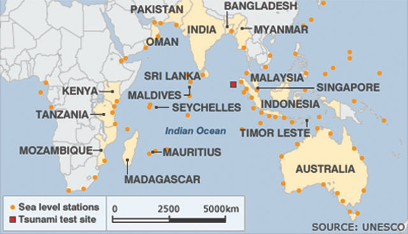
Personality Right - Edukemy Current Affairs
Why in news? Recently, Delhi High Court recently passed an interim order to prevent the unlawful use of Bollywood star Amitabh Bachchan’s name, image and voice (Personality Rights).
- Personality rights refer to the right of a person to protect his/her personality under the right to privacy or property.
- These rights are important to celebrities as their names, photographs or even voices can easily be misused in various advertisements by different companies to boost their sales.
- The closest statute to protect personality rights is Article 21 of the Constitution of India under rights to privacy and publicity.
- Other statutory provisions protecting personality rights include the Copyright Act, 1957
Personality rights consist of two types of rights:
First: The right of publicity, or the right to keep one’s image and likeness from being commercially exploited without permission or contractual compensation, which is similar (but not identical) to the use of a trademark.
Second: The right to privacy or the right to not have one’s personality represented publicly without permission.
Aviation Safety Ranking - Edukemy Current Affairs
Why in news? International Civil Aviation Organisation (ICAO), has ranked the Indian aviation safety oversight mechanism at the 48th spot - a quantum leap from its 102nd rank four years ago.
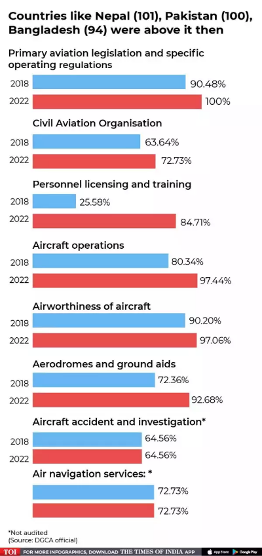
The ICAO had earlier audited the Indian Directorate General of Civil Aviation (DGCA) to check its effective implementation of critical safety elements under the Universal Safety Oversight Audit Programme (USOAP).
- Top five score countries: Singapore, UAE, South Korea, France and Iceland. The US is in 22nd place and Qatar is in 25th place.
- It will make it easier for Indian carriers to expand their wings abroad because countries with poor aviation safety records find their aircraft being subjected to more surprise checks at airports abroad.
Morality Policing Squashed: Iran
Background
Iran has scrapped its ‘morality police’ after more than two months of protests triggered by the arrest and subsequent death of Mahsa Amini, for allegedly violating the country’s strict female dress code.
About Morality Policing:
- The morality police, formally known as the Gasht-e Ershad or "Guidance Patrol", were established under hardline President Mahmoud Ahmadinejad, to "spread the culture of modesty and hijab.
- Morality police are tasked to observe people in busy public places like shopping centres and subway stations, after which they detain women for, among other dress code "violations," not wearing hijabs in a manner that they perceive to be "proper." Even men are whisked away for western hairstyles.
- The morality police squads use a van and consist of men in green uniforms and women clad in black chadors, garments that cover their heads and upper bodies.
- Other forms of Military Police in Iran are Basij and Jundallah who patrol the streets and colleges to combat bad hijab"
Impacts of morality policing:
- Morality policing by such agencies is against the basic human rights of liberty and freedom of women. This instils a sense of fear and insecurity among the citizens.
- Morality policing acts against the social contract which emphasizes that people live together in society in accordance with an agreement that establishes moral and political rules of behaviour.
- Morality policing promotes conservatism, and gender biases, and increases intolerance in society ultimately leading to cultural terrorism.
- A society committed to creating a system founded on justice and peace that protects individual human rights and civil liberties needs to have eight parameters of good governance as suggested by the World Bank.
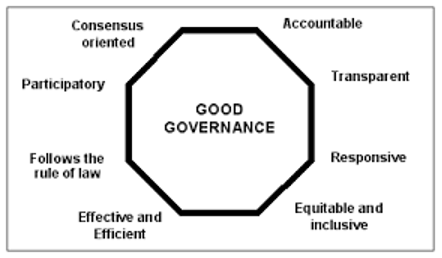
Share the article
Get Latest Updates on Offers, Event dates, and free Mentorship sessions.

Get in touch with our Expert Academic Counsellors 👋
FAQs
UPSC Daily Current Affairs focuses on learning current events on a daily basis. An aspirant needs to study regular and updated information about current events, news, and relevant topics that are important for UPSC aspirants. It covers national and international affairs, government policies, socio-economic issues, science and technology advancements, and more.
UPSC Daily Current Affairs provides aspirants with a concise and comprehensive overview of the latest happenings and developments across various fields. It helps aspirants stay updated with current affairs and provides them with valuable insights and analysis, which are essential for answering questions in the UPSC examinations. It enhances their knowledge, analytical skills, and ability to connect current affairs with the UPSC syllabus.
UPSC Daily Current Affairs covers a wide range of topics, including politics, economics, science and technology, environment, social issues, governance, international relations, and more. It offers news summaries, in-depth analyses, editorials, opinion pieces, and relevant study materials. It also provides practice questions and quizzes to help aspirants test their understanding of current affairs.
Edukemy's UPSC Daily Current Affairs can be accessed through:
- UPSC Daily Current Affairs can be accessed through Current Affairs tab at the top of the Main Page of Edukemy.
- Edukemy Mobile app: The Daily Current Affairs can also be access through Edukemy Mobile App.
- Social media: Follow Edukemy’s official social media accounts or pages that provide UPSC Daily Current Affairs updates, including Facebook, Twitter, or Telegram channels.



